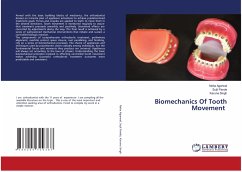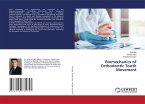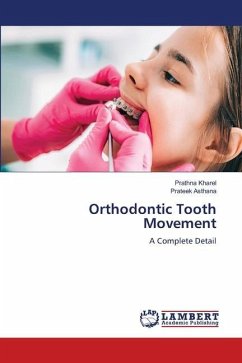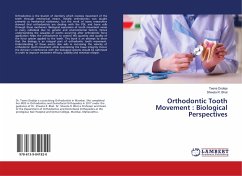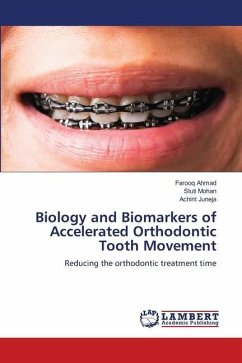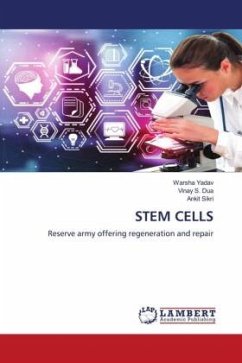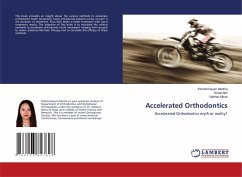Armed with the basic building blocks of mechanics, the orthodontist devises an intricate plan of appliance activations to achieve predetermined treatment goals. Forces and couples are applied to teeth to move them in the desired directions. Tooth movement is monitored regularly to assure that treatment proceeds smoothly and positively. Unwanted effects are corrected by adjustments along the way. The final result is achieved by a series of well-planned mechanical interventions that initiate and sustain a controlled biologic reaction.The components of comprehensive orthodontic treatment, preliminary alignment, overbite control, space closure, root paralleling, and finishing, rely on a series of biomechanical processes. The choice of appliances and techniques used by practitioners varies radically among individuals, but the fundamental forces and moments they produce are universal. Appliances will always act according to the laws of physics. Understanding the basic biomechanical principles involved in effecting controlled tooth movement makes achieving successful orthodontic treatment outcomes more predictable and consistent.
Bitte wählen Sie Ihr Anliegen aus.
Rechnungen
Retourenschein anfordern
Bestellstatus
Storno

